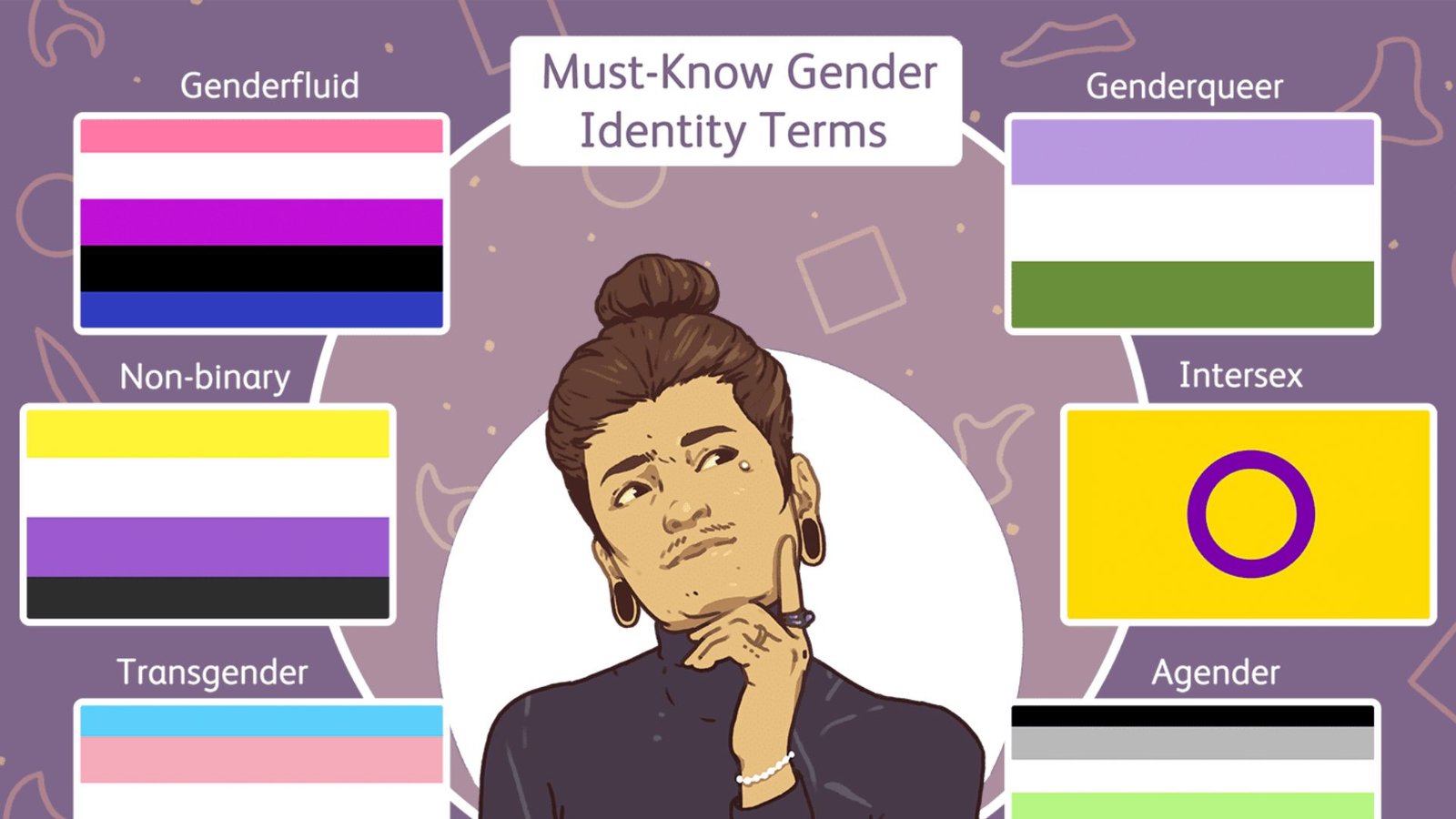Non-Binary and Gender Fluid Identities
Non-binary and gender fluid identities are important aspects of the gender spectrum. They challenge traditional ideas about gender and offer a broader understanding of how people experience and express their gender. By learning about these identities, we can help create a more inclusive and respectful society.

What Are Non-Binary and Gender Fluid Identities?
Non-binary and gender fluid identities are terms that describe experiences of gender that don’t fit into the traditional categories of male or female. Non-binary people don’t exclusively identify as either male or female. Instead, their gender may fall somewhere between these categories or be completely outside of them. On the other hand, gender fluid individuals experience their gender identity as something that changes over time. They may feel more aligned with one gender at certain times and with another gender at other times.
Differences Between Non-Binary and Gender Fluid Identities
While non-binary and gender fluid identities share some similarities, they are distinct in important ways. Non-binary people have a gender identity that is not exclusively male or female. Their experience of gender may be stable but not fit traditional categories. For instance, they might use pronouns like “they/them” or other non-traditional pronouns. In contrast, gender fluid individuals have a gender experience that shifts or changes. They might feel a different gender identity on different days or in different situations. This fluidity can affect their gender expression, such as their choice of clothing or hairstyle.
Challenges Faced by Non-Binary and Gender Fluid Individuals
Non-binary and gender fluid identities come with their own set of challenges. One major issue is the frequent misgendering of these individuals. Misgendering occurs when people use incorrect pronouns or gendered terms, which can be hurtful and invalidating. Additionally, non-binary and gender fluid people often face difficulties in official documents and legal recognition. Many forms and systems are designed around a binary understanding of gender, which can make it hard for them to get proper identification or access services.
Moreover, social acceptance can be a significant challenge. Because non-binary and gender fluid identities are less well-known, individuals who identify this way might face misunderstanding or hostility from others. This lack of understanding can lead to exclusion or discrimination in various areas, including workplaces, schools, and social settings.
Supporting Non-Binary and Gender Fluid Individuals
Supporting individuals with non-binary and gender fluid identities involves several important steps. First, it’s essential to educate ourselves and others about these identities. Learning about the diverse experiences of non-binary and gender fluid people helps us understand their perspectives and reduces prejudice.
Second, using the correct pronouns and names is crucial. Respecting people’s chosen pronouns, such as “they/them” or others, acknowledges their identity and shows respect. In addition, fostering supportive environments where these identities are accepted and valued is key. This can include creating gender-neutral spaces and ensuring that policies accommodate diverse gender identities.
Third, advocating for inclusive practices and policies can make a big difference. This includes supporting changes in forms and documentation to recognize non-binary and gender fluid identities and working to eliminate discrimination. By promoting gender inclusivity, we help ensure that everyone, regardless of their gender identity, can access the same opportunities and respect.
Why Understanding Non-Binary and Gender Fluid Identities Matters
Understanding non-binary and gender fluid identities is important for several reasons. It helps build a more inclusive society where everyone can express their gender identity freely. When people are accepted and respected for who they are, it contributes to their overall well-being and mental health.
Furthermore, by acknowledging and supporting diverse gender identities, we challenge outdated stereotypes and broaden our understanding of gender. This leads to a more equitable society where all individuals have the opportunity to live authentically and without fear of discrimination.
Conclusion
In summary, non-binary and gender fluid identities offer valuable insights into the diversity of human experiences. By learning about and supporting these identities, we contribute to a more inclusive and respectful world. Embracing the complexity of gender helps break down barriers and fosters a society where everyone can thrive.
Understanding and respecting non-binary and gender fluid identities is not just about acknowledging differences; it’s about celebrating and supporting the rich variety of human experiences. Through education, respect, and inclusive practices, we can create a world that values everyone, regardless of their gender identity.



